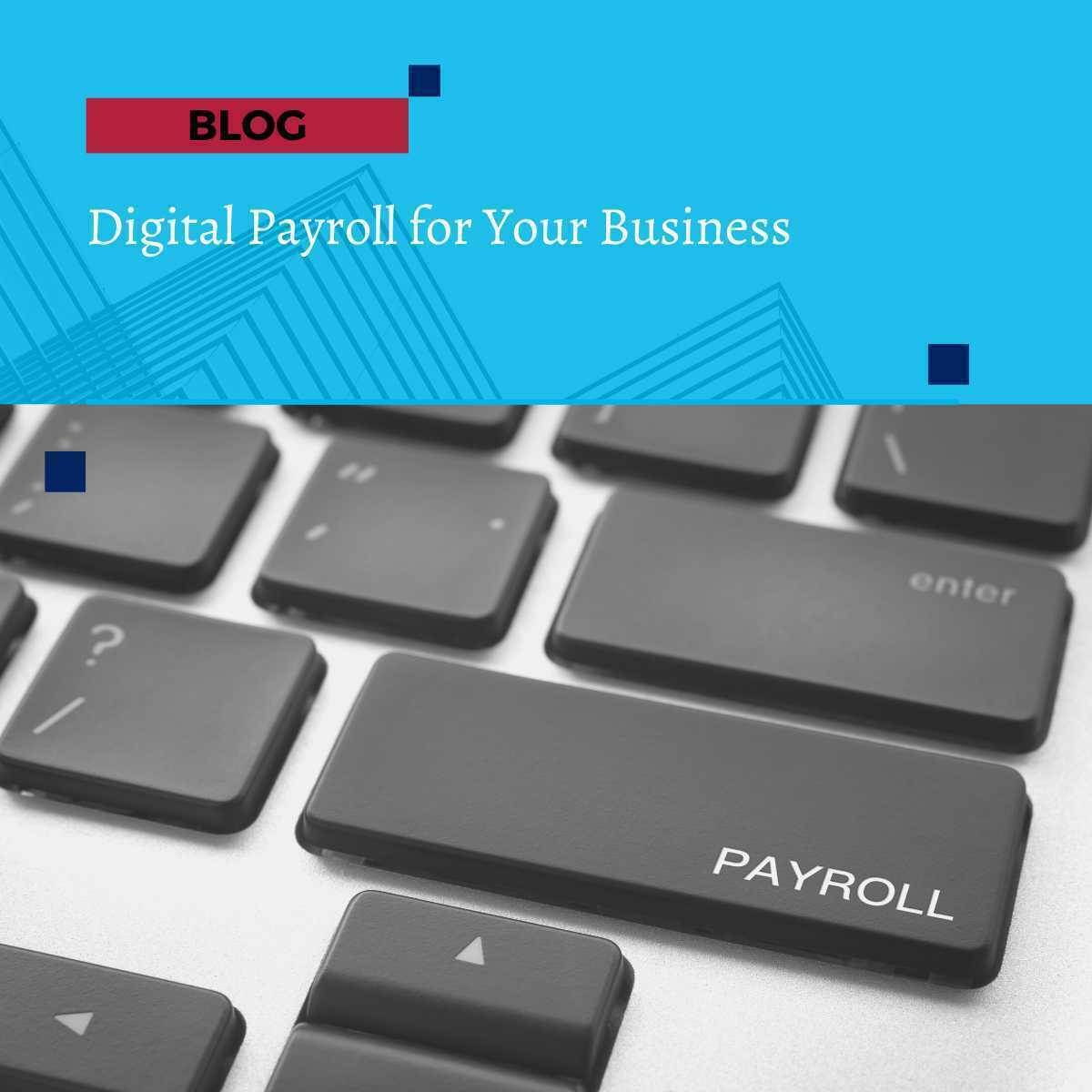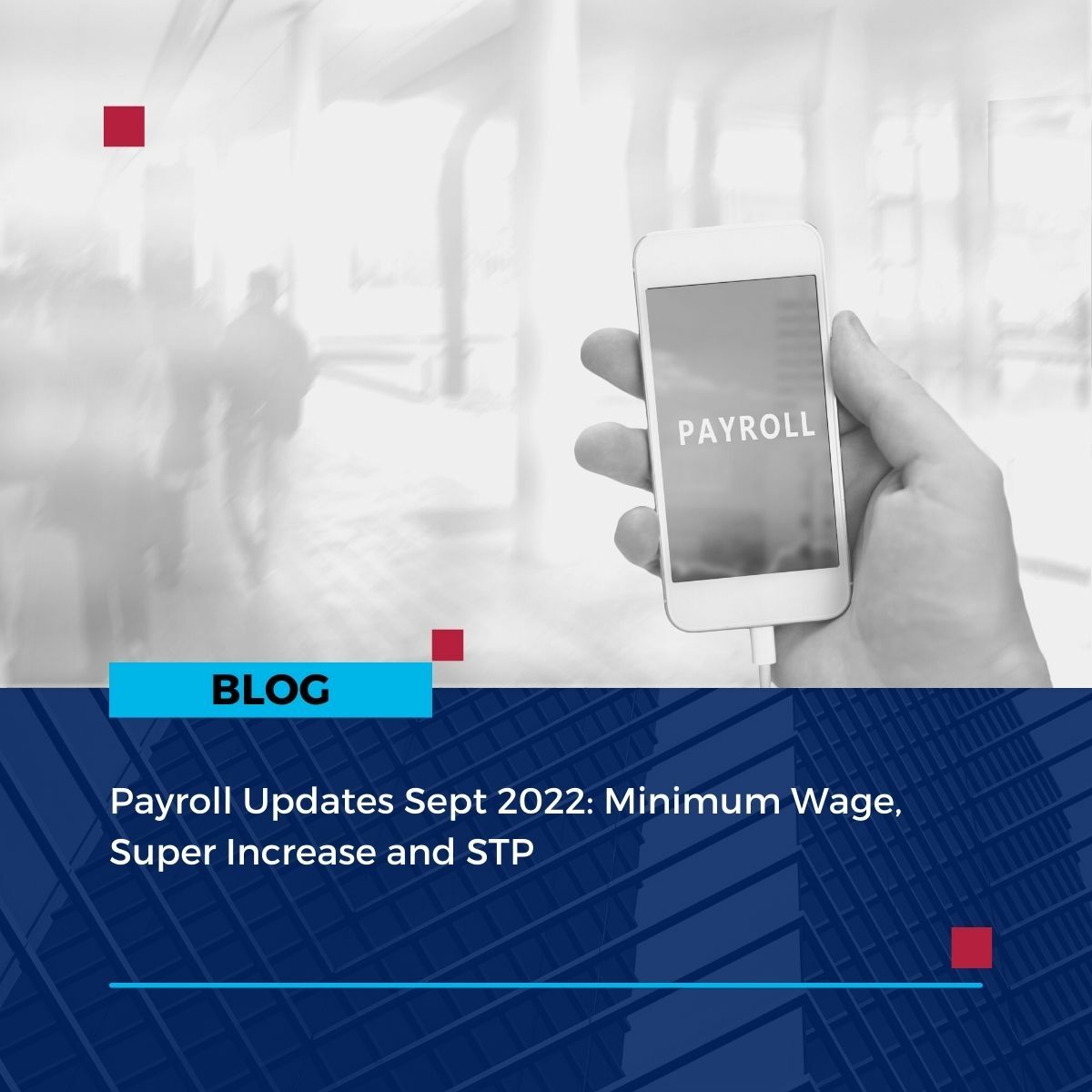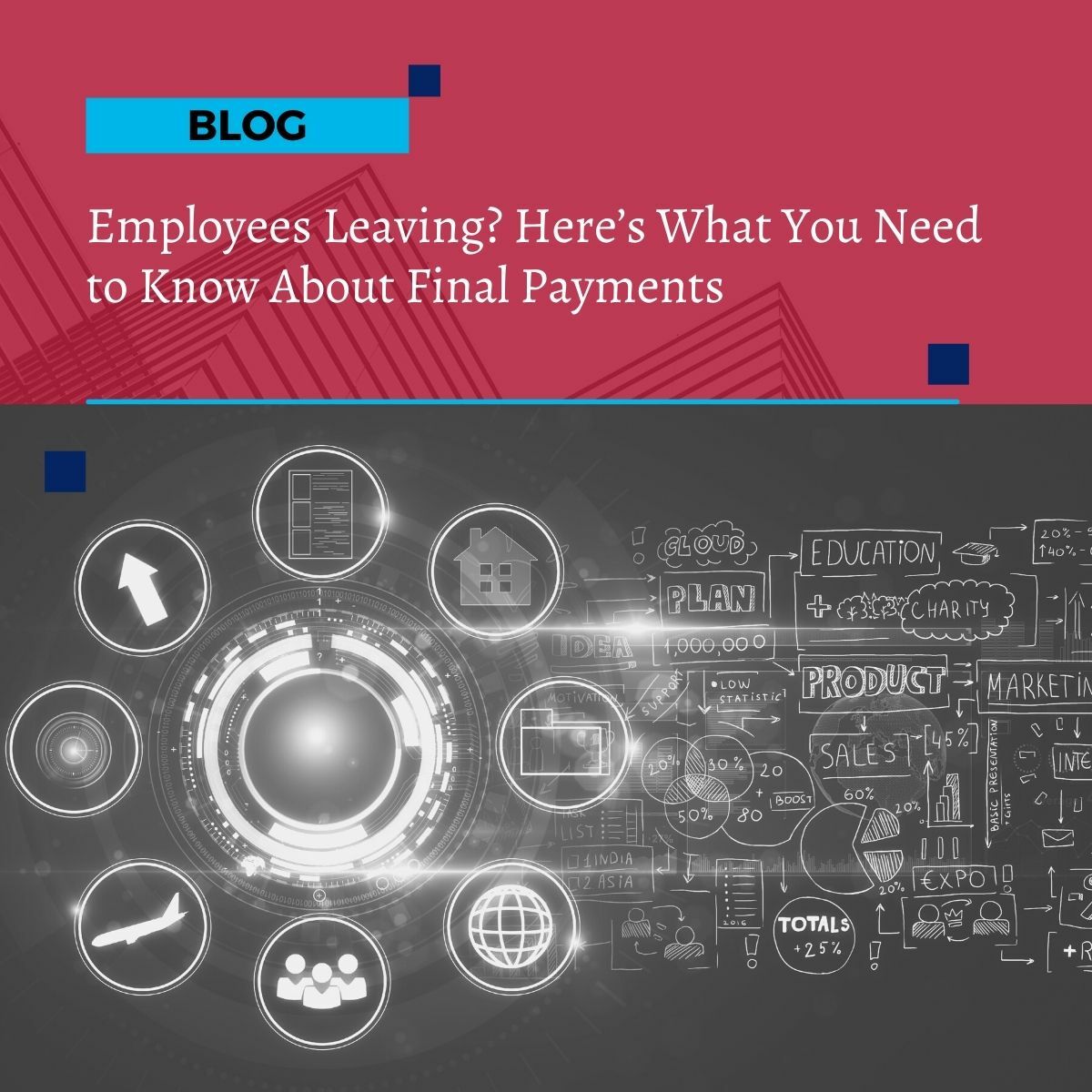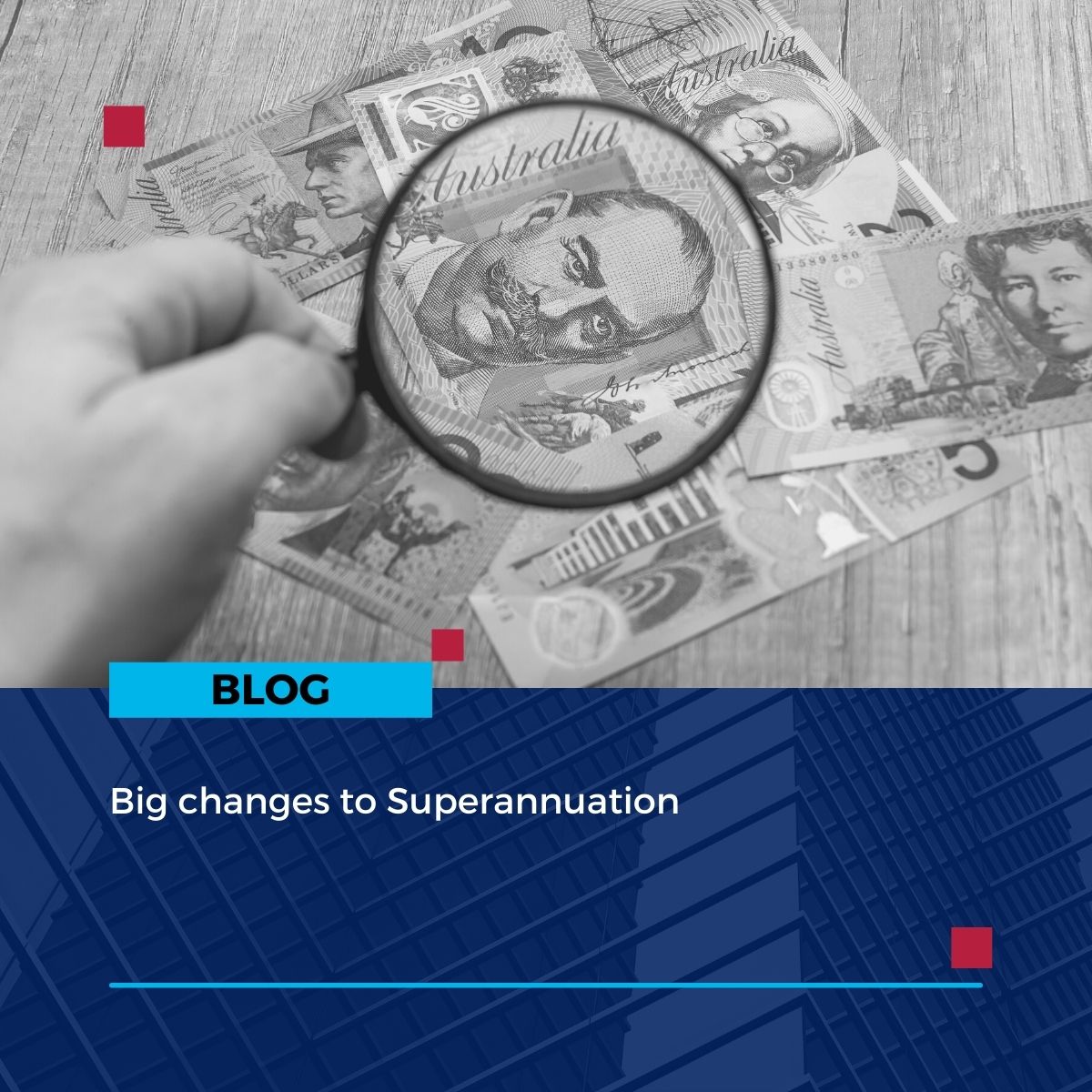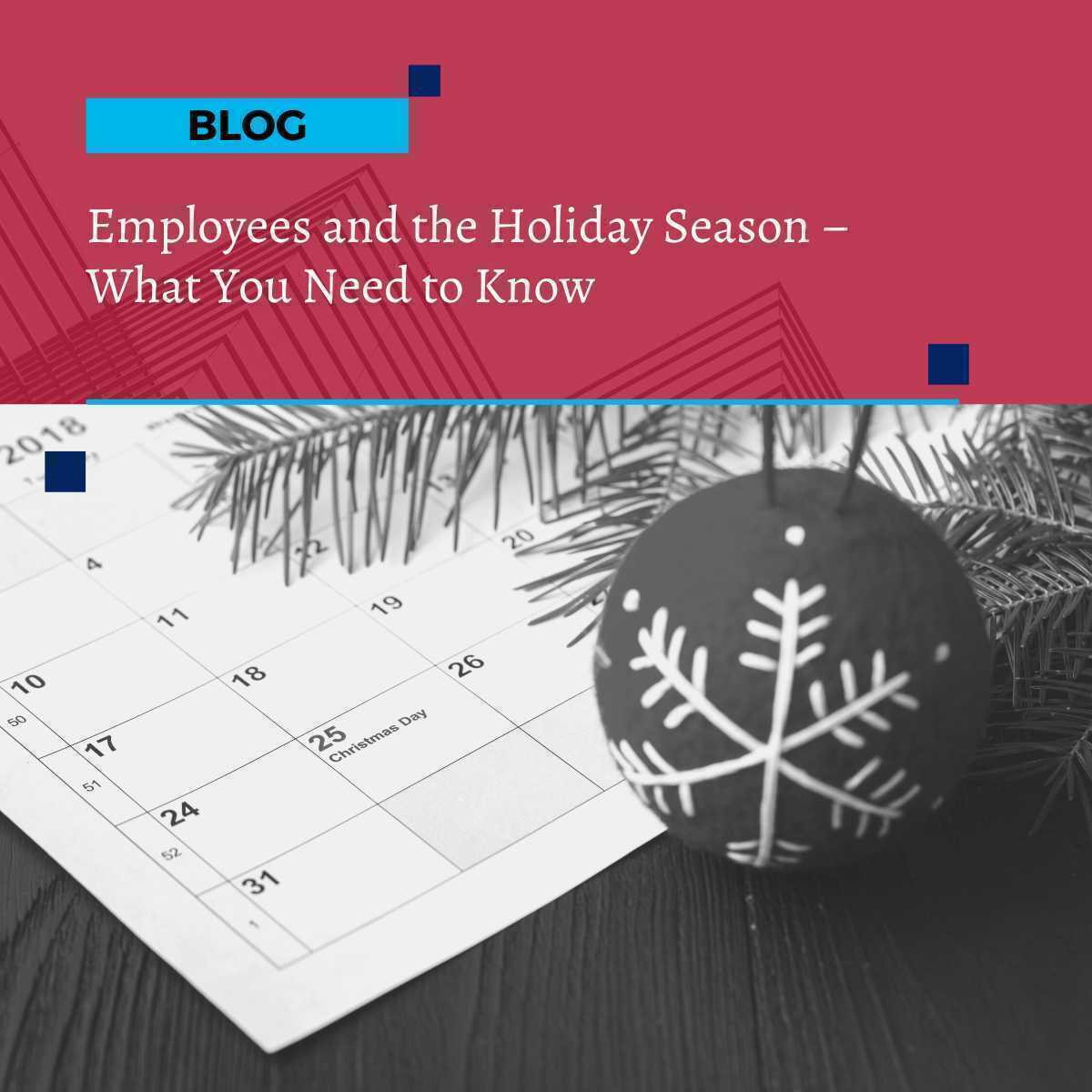
Employees and the Holiday Season – What You Need to Know
Employees and the Holiday Season – What You Need to Know
The summer holiday period can be confusing to employers and employees alike – public holidays worked or taken as annual leave, business shutdowns, annual leave provisions… there are many rules employers need to understand.
Employees are entitled to annual leave and public holidays under the National Employment Standards minimum entitlements.
Employers can ask employees to work on public holidays within reason. For example, if the business is open every day of the year, and the employment agreement states that public holidays may be required, the employer can reasonably ask an employee to work a public holiday.
An employee can refuse to work on a public holiday if the request is unreasonable or there are reasonable personal grounds for refusing.
Christmas and New Year Public Holidays 2022-23
This year the following public holidays apply to employers in all states:
- Sunday 25 December 2022 Christmas Day
- Monday 26 December 2022 Boxing Day
- Tuesday 27 December 2022 Additional public holiday for Christmas Day
- Sunday 1 January 2023 New Year’s Day
- Monday 2 January 2023 Additional public holiday for New Year’s Day
Public holidays are paid at ordinary rates for employees who take the day off. Employees who work on a public holiday must either be paid penalty rates according to the relevant award or be given an extra day off in lieu of the public holiday. Some awards have specific provisions or additional benefits for public holidays, so it's important to check.
If an employee has booked annual leave for the Christmas and New Year periods, the public holidays are not counted as annual leave. For example, if a permanent employee is on annual leave from Monday 26 December to Friday 6 January, they will use eight days of annual leave, not ten. Two of the days are paid as public holidays.
Some other key points to remember:
- Public holidays are counted as service, so annual and personal leave continues to accrue as usual.
- Overtime worked on a public holiday may be paid at a different rate than regular overtime – check the relevant award or agreement.
- Check the award or agreement for shutdown provisions. Most awards have guidance for directing employees to take leave during annual shutdowns.
- If employees don’t have enough annual leave, employers can agree to pay them in advance for leave not yet accrued, or the employee can take unpaid leave.
The FWO has further advice on rules and entitlements during the end-of-year holiday season.
You might also need to think about cash flow planning for the holiday period, particularly if the business shuts down but still has obligations for payroll and other expenses.
We can help plan holiday period payments so you can make the most of your summer holiday!

